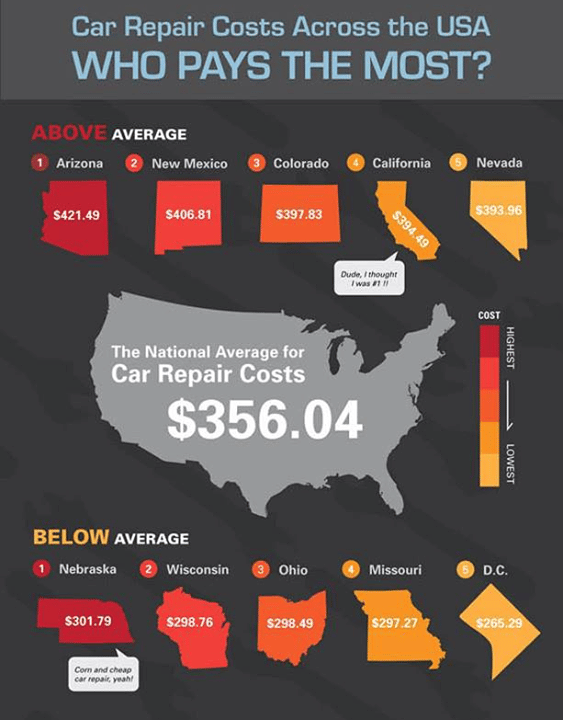Deciphering Your Automobile'S Warning Indicators: What They Really Symbolize
Deciphering Your Automobile'S Warning Indicators: What They Really Symbolize
Blog Article
Write-Up Created By-Faulkner Shepherd
When you lag the wheel, those radiant warning lights on your dashboard can be a bit bewildering. Do you recognize what they're trying to inform you regarding your auto's health? Understanding the relevance of these lights is important for your safety and security and the long life of your lorry. So, the next time one of those lights pops up, would not you want to understand its message accurately and take the needed steps to address it?
Common Caution Lights and Interpretations
Identify typical caution lights in your cars and truck and recognize their definitions to ensure safe driving.
One of the most typical warning lights consist of the check engine light, which indicates issues with the engine or exhausts system. If this light begins, it's crucial to have your car inspected immediately.
visit the following post alerting light indicates reduced oil pressure, requiring prompt focus to avoid engine damages.
A flashing battery light might recommend a malfunctioning billing system, possibly leaving you stranded otherwise attended to.
The tire stress monitoring system (TPMS) light informs you to low tire stress, affecting vehicle stability and fuel effectiveness. Neglecting this could result in risky driving conditions.
The abdominal light indicates a problem with the anti-lock braking system, jeopardizing your ability to quit quickly in emergency situations.
Finally, the coolant temperature cautioning light warns of engine getting too hot, which can cause serious damages if not solved promptly.
Understanding these usual warning lights will certainly aid you attend to problems immediately and keep safe driving problems.
Value of Prompt Interest
Comprehending the usual warning lights in your automobile is just the initial step; the significance of immediately attending to these warnings can't be stressed sufficient to guarantee your safety and security on the road.
When a warning light brightens on your control panel, it's your car's way of connecting a possible concern that requires focus. Neglecting https://www.repairerdrivennews.com/2022/04/19/economist-collision-industry-reps-rising-costs-expected-to-get-worse-labor-rates-costs-continue-to-be-mismatched/ can cause much more serious problems in the future, endangering your safety and security and possibly costing you much more out of commission.
Motivate focus to cautioning lights can stop malfunctions and accidents. For example, a flashing check engine light could show a misfire that, if left ignored, could create damages to the catalytic converter. Resolving this promptly can save you from a pricey repair service.
In a similar way, a brake system cautioning light may signal reduced brake fluid or worn brake pads, vital elements for your security when driving.
Do It Yourself Troubleshooting Tips
If you notice a warning light on your dashboard, there are a couple of DIY troubleshooting pointers you can attempt before seeking expert assistance.
The very first step is to consult your car's handbook to recognize what the details warning light indicates. Occasionally the problem can be as basic as a loose gas cap setting off the check engine light. Tightening up the gas cap might settle the issue.
An additional common issue is a reduced battery, which can cause different alerting lights. Checking the battery links for rust and ensuring they're protected could take care of the trouble.
If a caution light continues, you can try resetting it by disconnecting the vehicle's battery for a few minutes and then reconnecting it. Additionally, inspecting your car's liquid degrees, such as oil, coolant, and brake fluid, can aid troubleshoot warning lights connected to these systems.
Conclusion
Finally, recognizing your automobile's caution lights is necessary for keeping your car running smoothly and securely. By promptly resolving these notifies and recognizing what they indicate, you can avoid expensive repair work and prospective break downs.
Remember to consult your auto's handbook for specific information on each advising light and do something about it accordingly to make sure a hassle-free driving experience.
Remain informed, stay secure when traveling!
